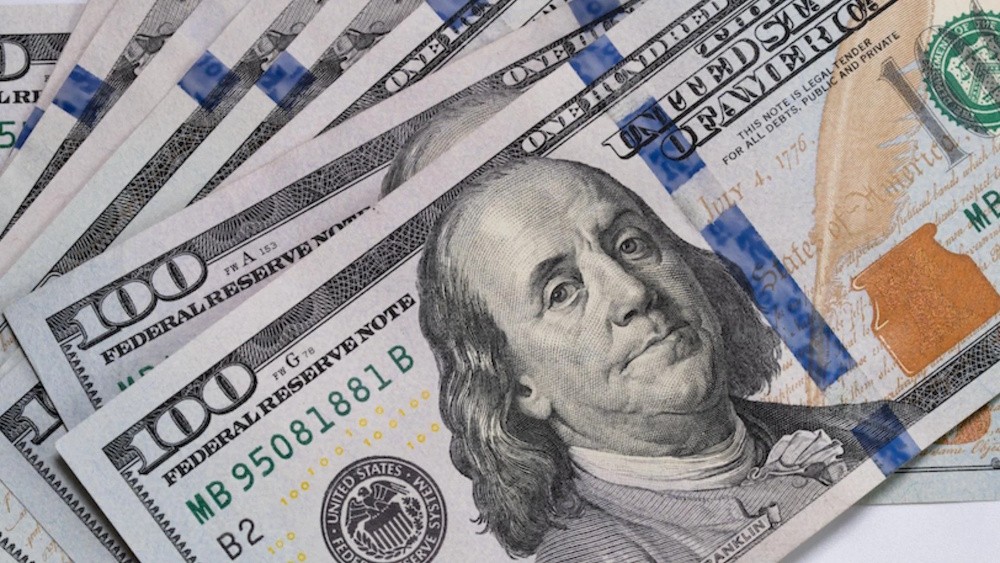
The U.S. dollar experienced ongoing pressure during Asian trading on Tuesday as traders analyzed remarks from Federal Reserve members for insights regarding the trajectory of interest rates. The greenback experienced volatility, oscillating between gains and losses, ultimately trading flat after breaking a three-day winning streak on Monday, with the U.S. dollar index recorded at 97.326. “It’s a slightly hawkish tone from Fed speakers that has given people a little bit of pause for thought,” stated Tony Sycamore.
Investors are evaluating the effects of U.S. President Donald Trump’s economic policies on the stability of the global economy and the potential consequences for Federal Reserve policy, particularly in anticipation of the upcoming release of core personal consumption expenditures data later this week. The ongoing congressional funding discussions this week aimed at preventing a government shutdown on September 30 have contributed to increased market anxiety. Traders have adjusted their expectations regarding interest rate cuts at the Federal Open Market Committee’s October meeting, with Fed funds futures indicating a 10.2% likelihood of maintaining the current rate, up from a probability of 8.1% observed on Friday. The dollar held steady against the yen at 147.775 yen, maintaining its position within the established trading range since early August. On Tuesday, Japanese markets were closed due to a public holiday.
The kiwi declined by 0.3% to $0.5848 following the New Zealand government’s indication of an announcement concerning the central bank scheduled for Wednesday at 1 p.m., as market participants anticipate the selection of a new governor. Gold reached a new peak at $3,759.02 per ounce before reducing its gains. The yield on benchmark 10-year Treasury notes continued its ascent to 4.1467%, following a three-week peak at the U.S. close of 4.145% on Monday. The two-year yield, reflecting traders’ expectations of increased Fed funds rates, increased to 3.6051%, compared to a U.S. close of 3.601%. “Yields on Treasuries increased marginally as multiple Fed officials indicated a more prudent stance regarding the cutting cycle, highlighting the persistent upside risks associated with inflation,” Westpac analysts stated in a research note. “Investors reassessed the probability of a U.S. Fed rate cut in October after the remarks. Some central bank officials on Monday voiced skepticism regarding the necessity for additional cuts.”
St. Louis Fed President Alberto Musalem, indicated that the central bank “should tread cautiously,” suggesting that its policy rate, when adjusted for inflation, may already be nearing a neutral stance. Atlanta Fed President Raphael Bostic, emphasized the importance of maintaining focus on bringing inflation back to the Fed’s 2% target, which currently stands about a percentage point higher, and indicated that additional rate cuts this year were unnecessary.
Cleveland Fed President Beth Hammack emphasized that the Fed “should be very cautious in removing monetary policy restriction”. Bostic and Hammack will not participate in voting on Fed policy this year. In the meantime, newly appointed Federal Reserve Governor Stephen Miran stated on Monday that the Fed is misinterpreting the tightness of its monetary policy and that failing to implement aggressive rate cuts could jeopardize the job market.
